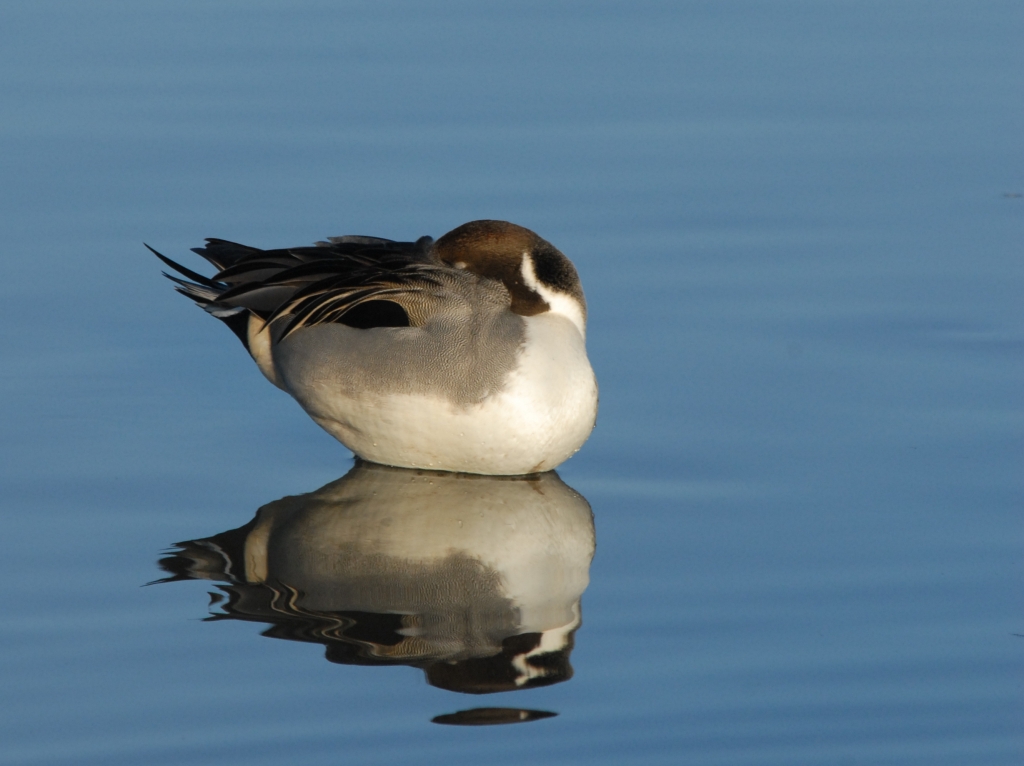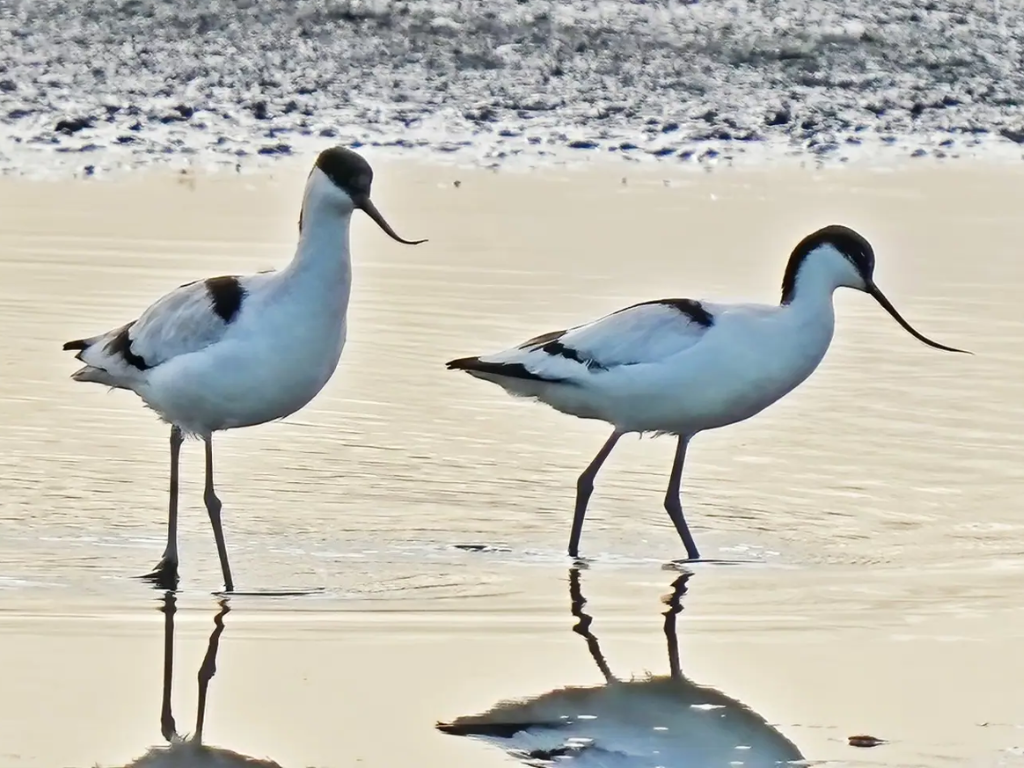Recent Sightings 13th - 19th November
Spoonbills, Lapwings, Ruff, Bramblings, Nuthatch,
A regular treat for those in the British Steel Hide this week has been the presence of the Spoonbills, who are rather consistently feeding out on the Saline Lagoon. Trends for this week see at least one Spoonbill feeding consistently throughout the day, while groups of 8 are likely to be present out in the early mornings and the later evenings with their bills deep in the water swinging from side to side.
Amongst our resident waders such as the Black Tailed Godwit and Knot, Ruff have been sighted in small numbers scattered across the marsh and the Saline Lagoon. These birds are spectacular sights in the Summer months with rusty coloured feathers and dazzling mating dances, and instead opt for a much calmer grey during the winters with a tortoiseshell patterning. When spotting Ruff, look for a slender necked wader with a short bill.
On the Dafen Scrapes, large numbers of Lapwing are present on the furthest banks with their distinctive 'peewit' calls, respecting their more common name throughout Britain. The Lapwings have been in groups of around 80 to 100 at their most, but 374 were spotted on the Sunday (14/11).
Wigeon in droves are perusing the banks welcoming in the wetter weather, while Shoveller, Teal, Tufted Ducks, Black Tailed Godwit, and Curlews have been consistent throughout the weeks as the winds has began to roll in.
Millennium Wetland
In the Millennium Wetlands, the number of Brambling sightings have increased over the week with a flock of 24 being spotted over the reserve. They seem to be moving around the Southern areas of the Reserve, but a Brambling frequently visits the Feeder situated outside of the Cafe accompanied by our resident Nuthatch. Nuthatches have a striking coat of blue with an orange tinge and a black eye stripe.
Jays across Britain have struggled this year due to acorns being in short supply, so it is a treat to see a large number of jays darting between the Willows near the Heron Wing. Look for flashes of blue and a dusty pink on the shape of a corvid. These have also been visiting the feeder, where they truly are a beautiful sight to behold.


